In the just-concluded two sessions of the National People’s Congress, new quality productivity has become a hot word of concern to everyone. So what exactly is new quality productivity?
Generally speaking, the new quality productivity is an advanced productivity that innovation plays a leading role, gets rid of the traditional economic growth mode and productivity development path, has the characteristics of high technology, high efficiency and high quality, and conforms to the new development concept. The characteristic is innovation, the key is high quality, and the essence is advanced productivity.
Scientific and technological innovation is the core element of developing new quality productivity. What is the ecology and development path of China’s new quality productivity at present? How to make the new quality productivity develop vigorously according to local conditions? Let’s see how the six science and technology innovation centers distributed in China’s east, west, north and south gather innovation resources, build service platforms, and break through industrial barriers, and become the source and incubator of new quality productivity in China.
The layout of China’s "3+3" Science and Technology Innovation Center has basically taken shape.
Report to the 20th CPC National Congress of the Communist Party of China proposed: promoting the construction of international and regional science and technology innovation centers as a whole.
How to understand the science and technology innovation center? To sum up, it is a city or urban agglomeration that occupies a leading and dominant position in scientific research, technological development and industrial innovation in the world or within a certain country. Their innovative resources are intensive and their innovative achievements are rich. Scientific and technological elements can play a key role in strategic emerging industries or future industrial development, and they are the integration of scientific centers, technological centers and industrial centers.
From 2016 to 2022, the state has successively approved the construction plans of six science and technology innovation centers, including Beijing, Shanghai, Guangdong-Hong Kong-Macao Greater Bay Area, Chengdu-Chongqing, Wuhan and Xi ‘an. Up to now, the overall layout of China’s "3+3" science and technology innovation centers has basically taken shape, and the space has been fully deployed from the developed eastern regions to the central and western regions. The construction of three international science and technology innovation centers in Beijing, Shanghai and Guangdong-Hong Kong-Macao Greater Bay Area and three nationally influential science and technology innovation centers in Chengdu, Chongqing, Wuhan and Xi ‘an is progressing steadily.
Beijing: Building the Highland of Artificial Intelligence Industry
Beijing International Science and Technology Innovation Center has many national laboratories, national scientific research institutions, high-level research universities and leading scientific and technological enterprises, ranking first in the country in terms of R&D investment and scientific and technological innovation achievements in quantity and quality. It has continuously produced international leading achievements in the fields of brain science research, quantum technology and artificial intelligence model development, and won some major international awards in theoretical physics, life sciences and mathematics. At present, in Beijing, the construction of three new national laboratories, Zhongguancun, Changping and Huairou, is accelerating.
This is Beijing, and an international science and technology innovation center is being built. The artificial intelligence industry is one of the leading industries in Beijing. In 2023, the core output value of Beijing’s artificial intelligence industry is expected to exceed 250 billion yuan, and the scale of radiation output value will exceed one trillion yuan, making it a leader in the development of artificial intelligence in China. Beijing has six national key laboratories in the field of artificial intelligence, and three national engineering research centers in video and visual technology, deep learning technology and application, forming a high-level scientific research base integrating basic research, personnel training and high-level academic exchanges. The number of artificial intelligence-related enterprises in Beijing is about 2,200, and 40% of the artificial intelligence enterprises in China gather here. In 2023, the total amount of financing in the field of artificial intelligence was about 22.3 billion yuan, accounting for about a quarter of the country.
Visiting large model research institutions and entering Beijing Zhiyuan Research Institute
From ChatGPT, a big language model that became popular in the field of artificial intelligence in 2022, to Sora, a big video generation model that appeared at the beginning of this year, "big model" has undoubtedly become a hot word in the current technology industry. How is Beijing’s research and development work in the field of large models progressing? In 2018, with the support of the Ministry of Science and Technology and Beijing Municipality, Beijing Zhiyuan Artificial Intelligence Research Institute was established as a new research institution jointly established by several superior units in the field of artificial intelligence in Beijing. What achievements have they made in recent years, what projects are they studying, and what are their plans for the future?
In a laboratory, researchers are using large model technology to concentrate multimodal tasks such as semantic analysis, visual recognition and motion capture on a robot dog platform for testing and training. In another laboratory, researchers use large models to train and generate pictures and videos.
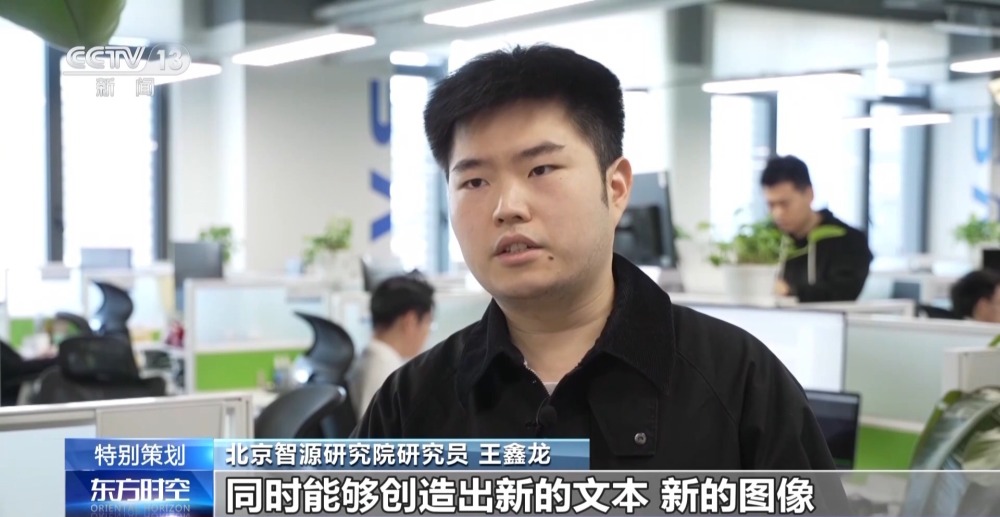
Wang Xinlong, a researcher at Beijing Zhiyuan Research Institute:Multi-modal big model is to hope that it can be exposed to various modes like us, and at the same time, it can create new texts, new images, new videos and audio.
From ChatGPT, a big language model that became popular in the field of artificial intelligence in 2022, to Sora, a big video generation model that appeared at the beginning of this year, "big model" has undoubtedly become a hot word in the technology industry. The origin of this technological innovation comes from a paper called BERT published by Google in 2018. BERT model has set 11 records for natural language processing. It can learn from massive unlabeled data of multiple tasks and perform various language tasks such as knowledge answering, context filling, text understanding, etc. This technology has opened a new artificial intelligence paradigm and brought brand-new inspiration to the founding team of Beijing Zhiyuan Research Institute, which was just established at that time.
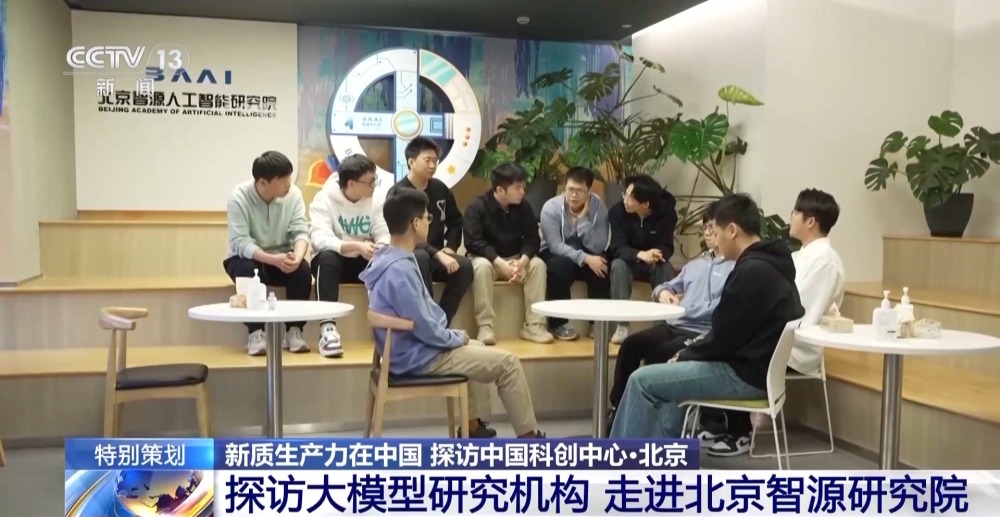
After careful analysis and preparation, in October 2020, Zhiyuan Research Institute identified the research direction as a new opportunity for artificial intelligence-big model, and soon gathered 100 top scientific research forces composed mainly of professors, doctors and graduate students from various disciplines. It took only five months to train and release the first big model of Chinese language in China, named "Enlightenment". In the following three months, Enlightenment 2.0 was released with 1.75 trillion parameters, which was the largest artificial intelligence model in the world at that time.
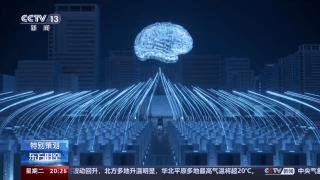
At the same time that Zhiyuan Research Institute invested in large-scale model research, OpenAI of the United States released a large-scale model ChatGPT with larger parameters. In a larger-scale training, the large-scale model showed a more powerful emergence of intelligence, which further confirmed the arrival of a new intelligent era. As a new R&D institution, Beijing Zhiyuan Research Institute, with its early layout and early investment, has enabled China to rapidly iterate in the era of large models and accumulated a large number of technical and industrial talents. In 2021, they began to take the lead in the research and development of a new generation of artificial intelligence, aiming to build an open and open artificial intelligence model system.
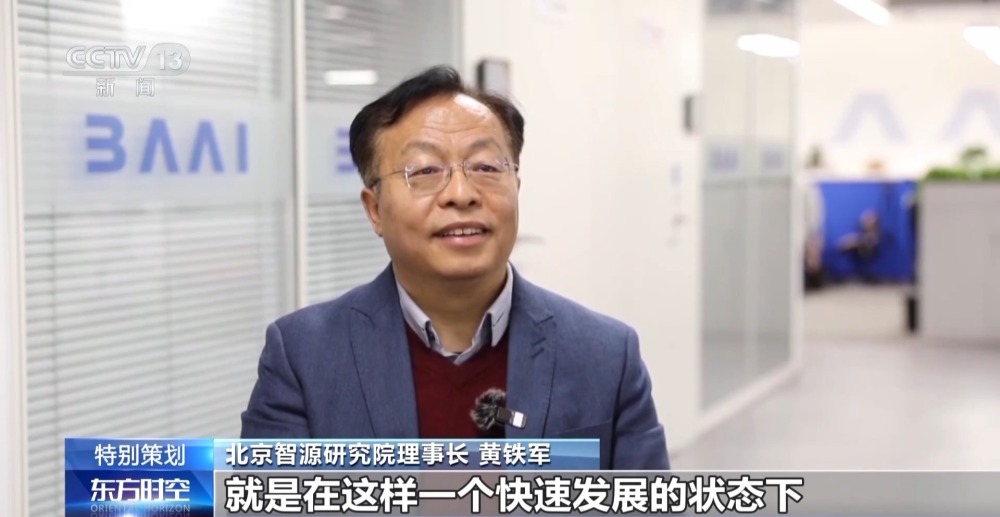
Huang Tiejun, Chairman of Beijing Zhiyuan Research Institute:Our new mission is whether we, as an institution, can provide an open-source technology system for the development of this industry and bring everyone’s innovative power into play under such a rapid development state. This system is that all codes are completely open, and our mission is to promote the development of this field.
How is the new R&D institution new? Visiting Beijing Tongyan Institute
Up to now, seven or eight large model industry transformation projects have been developed from the early team of Zhiyuan Institute, and related companies have been established, and the project transformation has been initially completed.
The exploration of cutting-edge technology is uncertain, and the explosion of large-scale model is also an accident in technical iteration. In order to stay in the first echelon of global artificial intelligence research, Beijing gives full play to the advantages of scientific research resources and talents, and actively arranges new R&D institutions in the field of artificial intelligence around different paths such as large model, general agent and scientific intelligence. So how new are the new R&D institutions in this field? What is being developed now?
Walking into Beijing Institute of General Intelligence is like walking into an artificial intelligence training base. They are building a general agent that is "value driven" rather than "data driven". Its name is "Tongtong", which can exist in the virtual world or be combined with robots to give them the ability to judge value. In the background, we can adjust the value dimension of "Tongtong", for example, let her be a clean child.
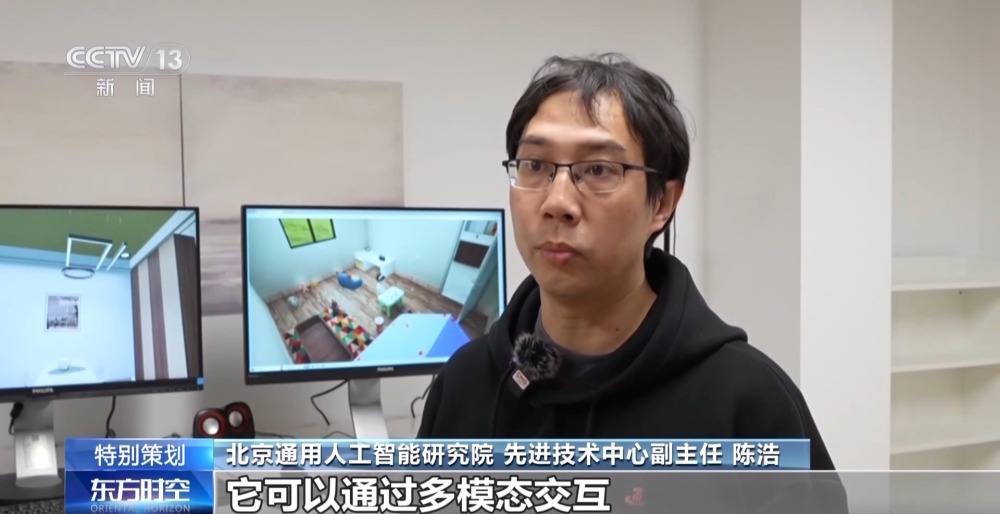
Chen Hao, Deputy Director of Advanced Technology Center of Beijing General Institute of Artificial Intelligence:It can learn some new knowledge and value incrementally through multi-modal interaction, through its own exploration and interaction between people, so its difficulty first needs to have very strong abilities of vision, language, understanding, reasoning, induction and summary. On the basis of these abilities, it is possible for her to develop a higher level of real-time online learning ability.
Although the large-scale model technology can emerge intelligence, it also consumes a huge amount of computing power. The technical team of the Institute hopes to explore a general agent driven by value, which can consume as little computing power as possible and realize intelligence.
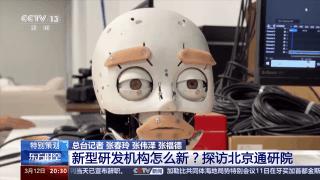
The technical route is unique, and the form of scientific research organization is also explored across borders. This is a robot named "very happy". To achieve such a technical effect, the team has crossed the boundaries of multimedia, machine learning, psychology and other disciplines.
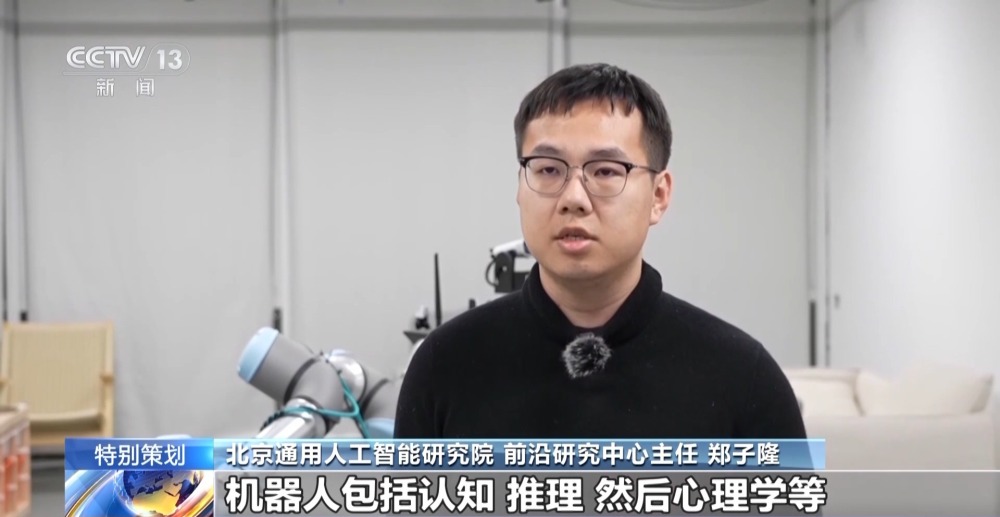
Director, Frontier Research Center, Beijing General Institute of Artificial Intelligence a surnamesongrand:Robot includes cognition, reasoning, and then psychology, etc., which is a very cross-disciplinary talent. Then our entire research center has seven laboratories, including computer vision, natural language robots, etc., which is a very complex talent training system.
In 2023, Beijing, the top scientific and technological innovation cluster in the world, ranked fourth.
The foundation of innovation is talent. The data shows that there are more than 40,000 core technical talents in the field of artificial intelligence in Beijing, accounting for 60% of the country. A total of nine universities in Beijing have set up artificial intelligence colleges or research institutes, accounting for 20% of the country. Beijing is building a highland of artificial intelligence industry and plans to form a complete industrial ecology.
From two perspectives, in terms of computing power, Beijing has deployed more than 10,000 P of intelligent computing power, effectively supporting the iteration of large-scale model development. You may not have a concept of this. Experts told us that the computing power of 1000P is equivalent to 500,000 PC computers. For example, for the data exploration of 200,000 stars, it would take an experienced scientist 169 days to complete it in the traditional way, but now it only takes 10.02 seconds.
In terms of data, the first batch of "Chinese Internet Corpus" will be opened to build the first national data basic system pioneer area in China.
In addition, in the Global Innovation Index 2023 released by the World Intellectual Property Organization, Beijing ranks fourth in the world in the ranking of the world’s top scientific and technological innovation clusters. In this ranking system, the concept of science and technology cluster is interpreted as "science and technology hub", which refers to the region with the largest number of inventors and scientific authors in the world. It can be said that the strength of Beijing International Science and Technology Innovation Center can also be felt from this ranking.
Expert analysis: What are the advantages and characteristics of Beijing International Science and Technology Innovation Center?
The Regulations on the Construction of Beijing International Science and Technology Innovation Center came into effect in March.
On March 1 this year, the Regulations on the Construction of Beijing International Science and Technology Innovation Center came into effect, which clarified the leadership system for the construction of international science and technology innovation centers, gave full play to the advantages of Beijing’s science and technology resources, and formed a strong joint effort. Clarify the strategic planning and construction layout of the international science and technology innovation center, and provide important guidance for future construction and development. We also look forward to Beijing International Science and Technology Innovation Center contributing more innovative R&D achievements to China and the world.
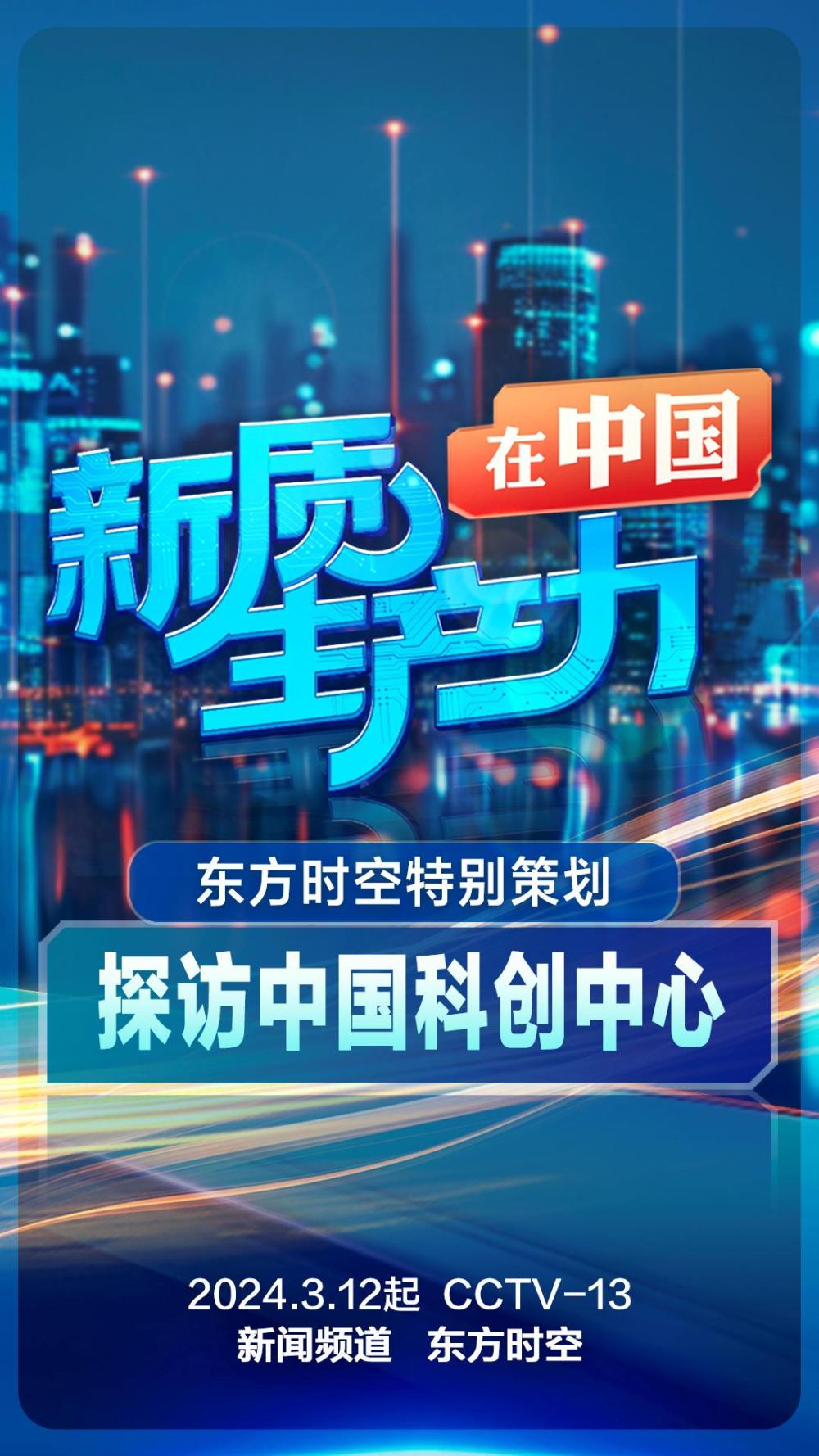
关于作者